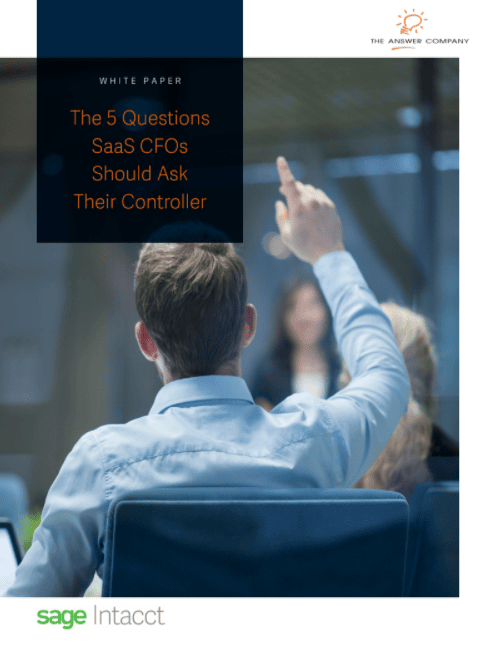The role of the SaaS CFO has been evolving through the past decade, but now more than ever, it’s critical that CFOs recognize that their role goes beyond producing numbers. While budgeting and reporting will always be the groundwork, the SaaS CFO needs to recognize the uniqueness of their company’s budgeting needs. The SaaS CFO must embody a strategic role by thinking critically about how to shape operations.
Automations and Embedded Finance
Over the past 10 years, the emergence of advanced ERPs and financial management solutions have allowed finance teams and accountants to cut their reporting time exponentially. Cloud accounting has allowed companies to generate real-time financial data throughout the month and funnel it into comprehensive dashboards that teams can customize based on the metrics they want to see. This has reduced Excel-based month-end reporting and allowed executives to command immediate changes in operations, sales, and marketing.
Doing more with less is certainly excellent, but increasing efficiency should not be the primary goal for the SaaS CFO. While automated financial reporting reduces workloads, cloud ERP generates many more SaaS industry-specific metrics that can be utilized to make strategic decisions. With the time saved from automations, CFOs should work with their Controller to pull out meaningful data.
Analysis of Your Finance Team’s Internal Processes
Catalyzed by consumer needs in the pandemic, many SaaS startups have been able to drive towards the Growth Stage and receive more funding. At this stage, CFOs and Controllers should do a detailed audit of the capabilities of their current accounting and financial management solution.
Integrations with Existing and Future Systems
Advanced ERP solutions consolidate operational metrics and sales metrics to paint a full picture of your finances. ERPs like Sage Intacct have an open API, allowing connection with countless systems, including popular HRIS and CRM systems. The SaaS CFO should look ahead and consider what systems the company may need to switch to as it grows, and ensure the ERP solution can accommodate.
Compliance with Different Jurisdictions
Next, consider the many different jurisdictions and data security regulations in the SaaS industry on a global scale. Today, international expansion is almost a given for SaaS companies; when SaaS companies offer customizable modules, multiple add-ons, multilingual options, and subscription-based pricing, successful international expansion is promising. Considering this, it is important to have an accounting and financial management solution that can manage compliance across multiple jurisdictions.
Bottlenecks in the Accounting Department
Lastly, spend time auditing your accounting process to identify which aspects are taking the most amount of time and which numbers being generated are not actually meaningful. Also reconsider which Excel calculations can be done through a cloud ERP instead. It is important to recognize that Excel is a timeless tool, but in the age of the modern CFO, it should only be reserved for ad hoc reporting. If your Controller has only ever known Excel, consider exploring different SaaS-specific accounting software together.

